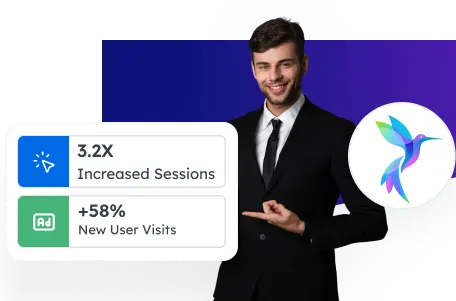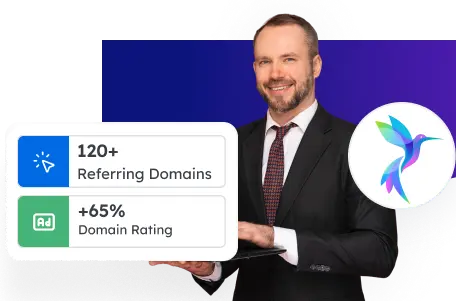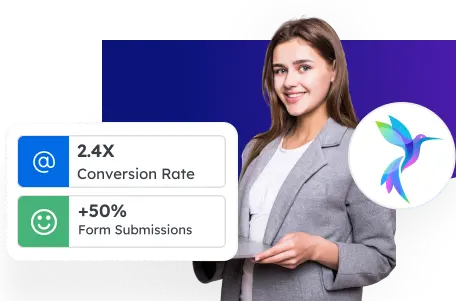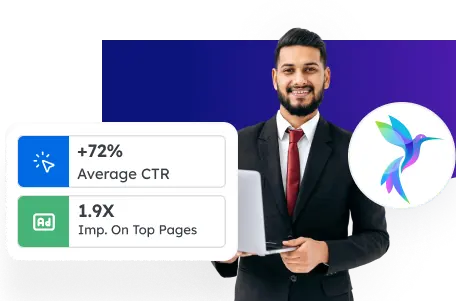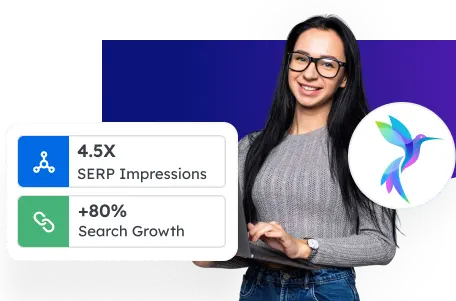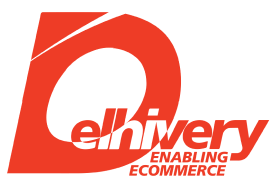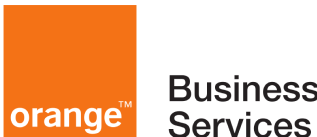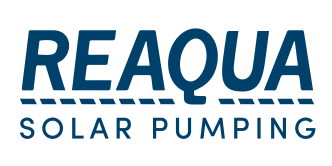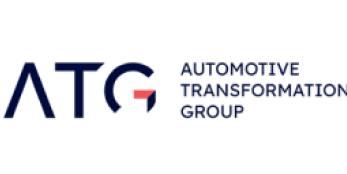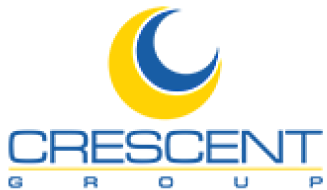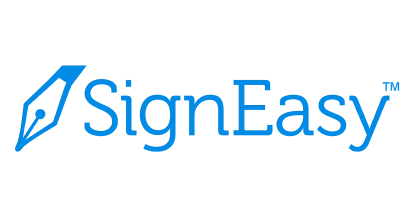Benefits of SEO for Your SaaS Business
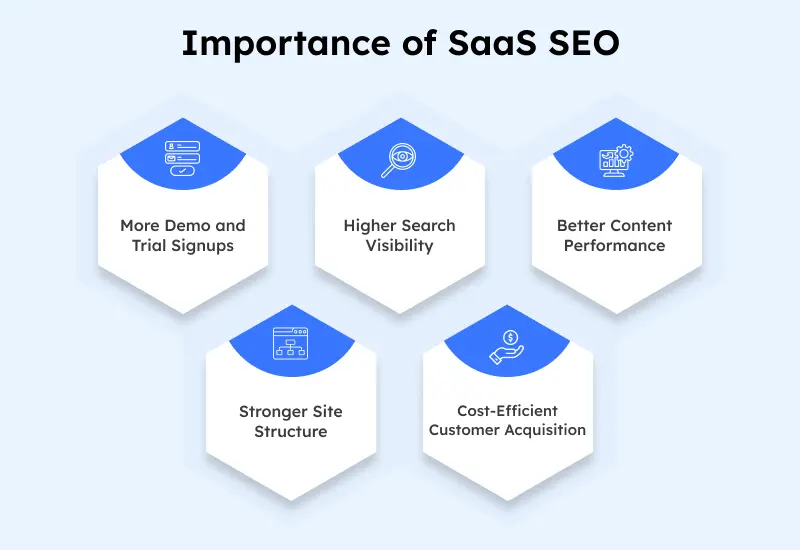
A B2B SaaS SEO agency helps your product get found by the right people at the right time. Here’s why it’s essential:
More Demo and Trial Signups
- Attract users actively searching for your solution
- Optimize landing pages to guide visitors to free trials
- Use keywords that match buyer intent, not just traffic volume
Higher Search Visibility
- Improve rankings for competitive SaaS keywords
- Target feature-specific and integration-related terms
- Show up in search results across all funnel stages
Better Content Performance
- Find what content works best and scale it
- Optimize blogs, use cases, and help articles for SEO
- Drive traffic that educates and converts
Stronger Site Structure
- Fix broken links, slow load times, and crawl issues
- Improve mobile experience and technical SEO health
- Build a site architecture that grows with your product
Cost-Efficient Customer Acquisition
- Get leads without overspending on ads
- Use organic channels to lower your customer acquisition cost (CAC)
- Focus efforts on high-converting, evergreen content
7 Signs Your SaaS Website Needs an SEO Overhaul
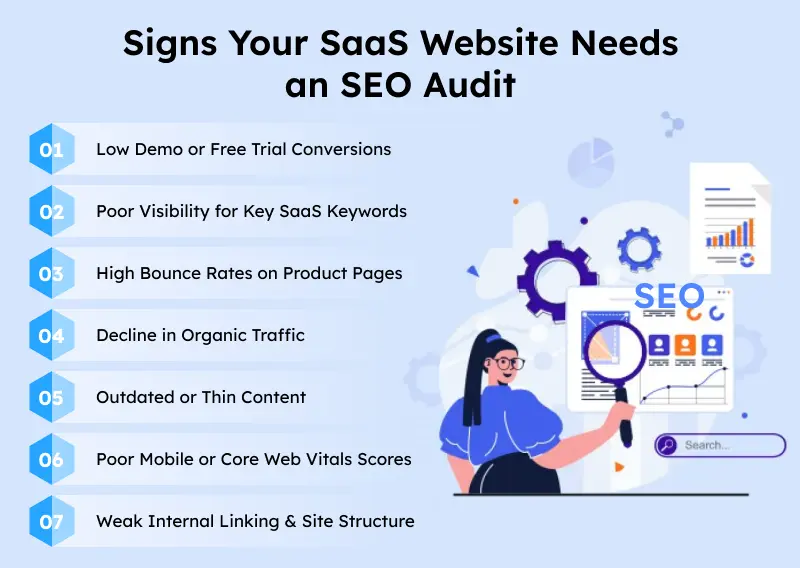
These signs suggest it’s time to review and revamp your SEO strategy before you start losing high-intent leads:
Low Demo or Free Trial Conversions
If your traffic is steady, but trials and demo requests are dropping, it could mean your pages aren’t optimized for intent. An SEO overhaul helps align your messaging with what users are searching for.
Poor Visibility for Key SaaS Keywords
Not showing up for high-intent search terms like “best (your product category) software”? You may be missing keyword gaps or not ranking in the right places. A revamp can fix that.
High Bounce Rates on Product Pages
If visitors land but leave quickly, your content might not match search intent, or your page is too slow. SEO fixes can reduce bounce and keep users engaged longer.
Decline in Organic Traffic
A sudden or steady traffic drop may signal algorithm updates, technical errors, or outdated content. An overhaul uncovers and resolves what’s holding you back.
Outdated or Thin Content
SaaS evolves fast: your blog, product pages, or integration content might not reflect that. An audit helps refresh and expand content to keep it competitive.
Poor Mobile or Core Web Vitals Scores
SaaS buyers use mobile. If your site isn’t fast or responsive, Google won’t rank it well. Technical SEO fixes here can boost performance and UX.
Weak Internal Linking & Site Structure
If your site structure is flat or random, search engines (and users) can’t navigate it well. An SEO overhaul helps build a hierarchy that supports better rankings and discoverability.
Tips for Optimizing Feature & Pricing Pages for SEO
Your feature and pricing pages are often the highest-converting parts of your SaaS website. However, without the right SEO strategy, they may never be seen. Here’s how to make sure they rank and perform well:
Use Keyword Variations Naturally
Focus on terms your customers search for, such as “affordable CRM pricing” or “project management tool features.” Use these naturally in titles, meta descriptions, and headings.
Include Clear, Structured Content
Break down features or pricing tiers with bullet points, tables, or comparisons. Search engines and users prefer easy-to-read formats.
Optimize for Search Intent
Feature and pricing pages serve high-intent visitors. Make sure the content answers real questions like “What do I get in each plan?” or “How does this tool compare?”
Add Internal Links
Link to relevant blog posts, use case pages, or documentation. It helps users explore more and provides Google with a better understanding of your site’s structure.
Improve Page Speed & Mobile Experience
Since these pages directly impact conversions, make sure they load fast and work well on all devices. Use tools like Google PageSpeed Insights to test and optimize.
Add Unique Meta Tags
Write custom meta titles and descriptions that reflect key features, benefits, or pricing differentiators. This helps boost CTR in search results.
Use Schema Markup
Add structured data for product and pricing information. This makes your listings stand out in search results with rich snippets, such as reviews or price ranges.
Common SEO Mistakes SaaS Brands Make
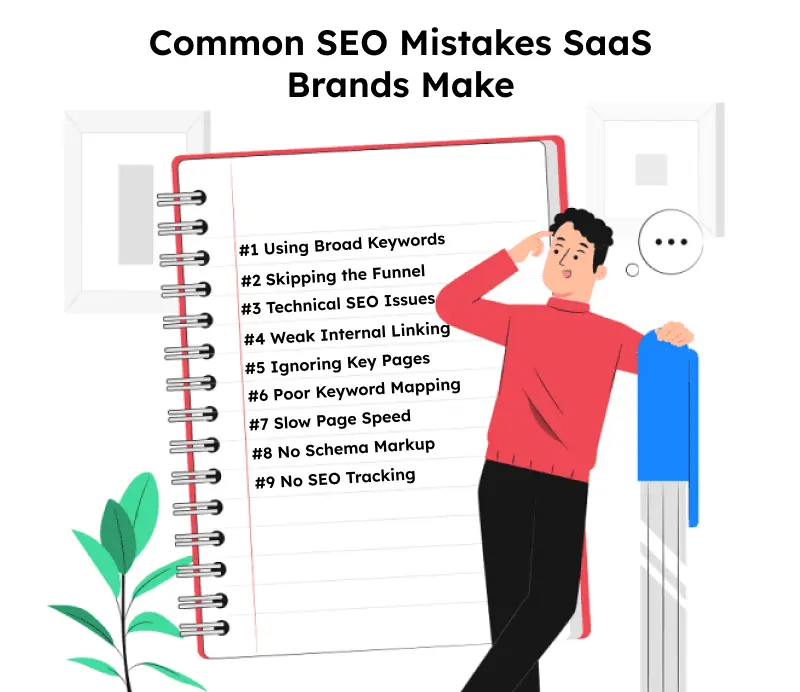
Here are 9 common SEO mistakes SaaS companies make and how fixing them can boost visibility, demos, and signups:
Using Broad Keywords
Trying to rank for “CRM” or “project management software” won’t help if you’re buried under big players. SaaS SEO requires niche, high-intent keywords aligned with specific use cases.
Skipping the Funnel
Ranking for awareness-stage terms is great, but what about decision-stage pages? Many SaaS brands forget to optimize pricing, features, and demo pages for SEO.
Technical SEO Issues
Issues like broken links, redirect chains, or poor crawlability often go unnoticed. Technical SEO helps ensure search engines can access and understand your content.
Weak Internal Linking
Just publishing blogs isn’t enough. Without linking them to product pages, feature pages, or related articles, you lose SEO value and user flow.
Ignoring Key Pages
These are often your best-converting pages, yet many are ignored during SEO. They need unique content, keywords, and structured metadata.
Poor Keyword Mapping
One page tries to rank for multiple unrelated terms, or multiple pages compete for the same one. This confuses search engines and weakens your visibility.
Slow Page Speed
Many SaaS sites have bloated code or slow scripts. If your product page takes too long to load, both users and Google may bounce.
No Schema Markup
Adding schema helps search engines understand your SaaS content better. It can boost visibility with rich results for FAQs, reviews, or how-to guides.
Bad Mobile UX
A surprising number of SaaS websites still struggle with mobile UX. Poor layouts or slow mobile speeds hurt rankings and frustrate potential customers.



